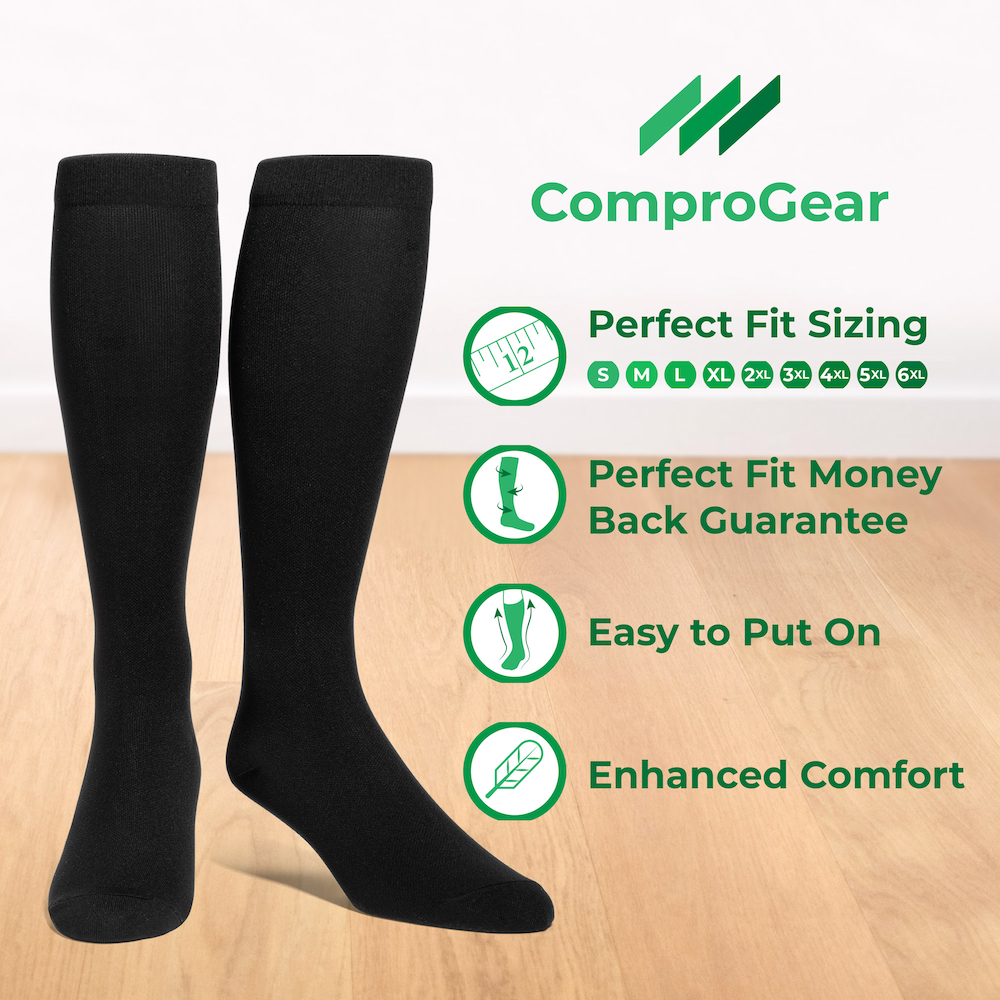Intro
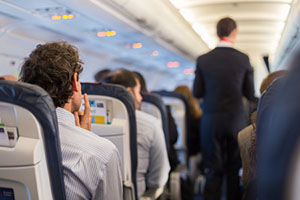
Today’s topic is going to be about travel and compression travel socks. Initially, they don’t seem to be much related, right?
But in fact, they can prove to be your best friend during long flights or long travels. They have been long used in the medical field and lately, they were released for the large public also. Let’s see what they are all about and why you should take them with you.
What are Compression Socks?
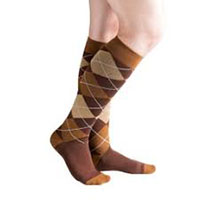
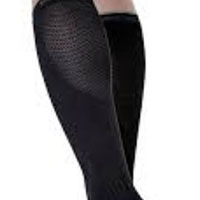
In general terms, compression travel socks are a medical device that is used to keep the pressure in your calves’ high. In a lighter approach, they are socks that are tight to your calves or even legs. In the medical field, they have been long used after surgeries and in order to prevent deep venous thrombosis.
In terms of styles, they can be short, medium or long:
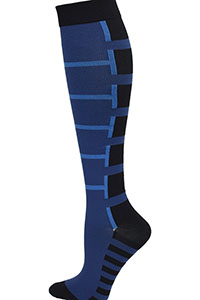
- The short compression travel socks cover just your foot and they are below half of your calf
- The medium socks come right under your knee
- The long version covers the knee and sometimes goes to the half of your thigh.
Different Compression Levels
In terms of pressure, the compression socks have the following variations:
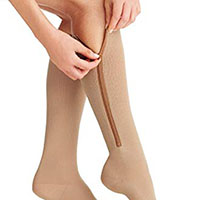
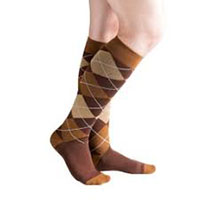
- 10-15 mmHg represents the lightest compression on the market. These travel socks provide support and comfort and they are very easily tolerated. They can be used on a daily basis and they are great for traveling.
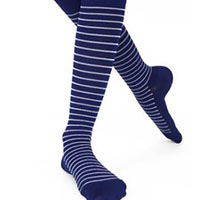
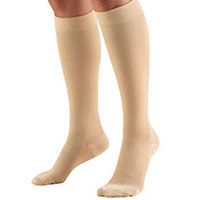
- 15-20 mmHg is the medium range of compression and it is generally used for long hours of standing up and by people who want to prevent deep venous thrombosis.
- 20-30 mmHg is the highest range of compression that can be bought over the counter. These are the socks used by medical staff in general and they provide support during the long hours of standing and running around. They are also the most recommended during long travel and we are going to explain why.
- +50 mmHg is a range of compression that can be bought only with a medical subscription and it is generally used after surgeries or for patients that have a high risk of developing blood clots in their veins.
What is Deep Venous Thrombosis (DVT)?
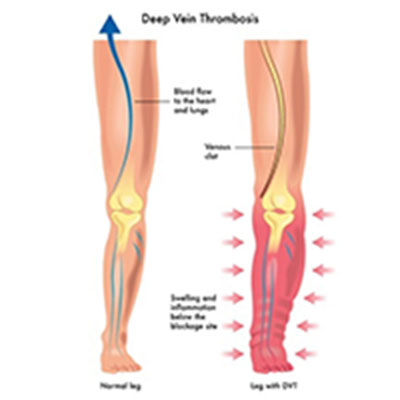

You might have noticed that we used this term a lot so far. What is it and why should I care? As a general term, deep venous thrombosis or DVT represents the formation of blood clots in the deep veins of inferior members.
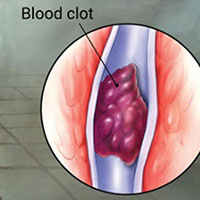
Basically, you are developing blood clots in your calves and thighs. According to WHO (World Health Organization), every flight that is over 4 hours long exposes the traveler to the risk of developing blood clots.
General Characteristics of DVT
- DVT may not manifest until you present with the complication of PE
- Deep vein thrombosis is usually associated with prolonged immobilization
- A blood clot forms in the veins of the lower extremity
Why is this Happening?
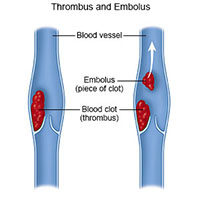
The human body is very smart in terms of defense mechanisms but they also fail sometimes. For example, we all know that long hours of standing up without much exercise can lead to broken vessels on our skin.
Well, those small broken blood vessels represent the superficial venous system of the body. The deep venous system is the one that is actually transporting the large blood flow.
In order to battle gravity while we are standing up, the blood vessels have special filters and “dams” that prevent the blood from going down in our feet. The problem is when we maintain the same position for a very long time.
We have all heard about people who had a stroke or a similar vascular problem after a long flight or drive. This happened because their veins were not able to properly transport the blood from the lower limbs and it got clogged.
As a fact, one of the main mechanisms used to pump up the blood is the muscles and you don’t get much movement or muscle activity during a long trip.
The blood clots forms due to the lack of movement and the low pressure in your lower limbs. Once you start moving again they can become circulant and they can travel in your body. This thing can prove to be very dangerous and this is why DVT is so scary.
Can I Prevent DVT When Traveling?
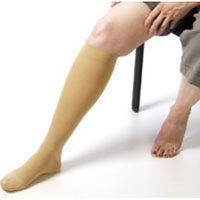
Yes, DVT can be prevented to some extent. Some of the best ways to prevent it are the following:
- Having a healthy BMI (body mass index)
- Moving around in the plane/bus/train
- Stretching your legs
- Massaging your legs
- Wearing compression socks
DVT is a very complicated disease and it has many factors that contribute to it. A high BMI basically means that your body weight is compressing on your vessels, lower limbs, and organs.
Let’s take a very simple example. It is part of the common knowledge that pregnant women get swollen feet. This happens because the weight of the pregnancy is preventing the body from successfully draining the blood and lymph from the lower limbs.
Your age is also a great contributor to DVT. Unfortunately, as we get old, our blood vessels tend to get stiffer and this leads to less drainage. But of course, this is not necessarily a rule. There were cases of people developing DVT at the age of 30 without having any vascular or cardiac problems.
Frequent and long flights are some of the main contributors to this disease. DVT was called by some doctors “the economy class disease” because it regularly happens to people that travel a lot for business.
How Can Compression Socks Prevent (DVT)?
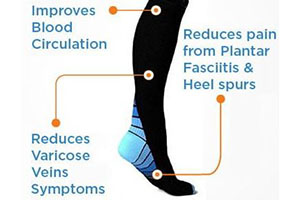
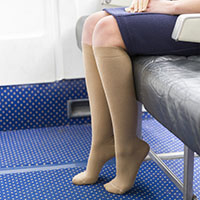
We previously discussed that DVT is caused by the low pressure in your lower limbs and by the fact that blood can’t be properly transported against the gravitation force.
Well, compression socks are here to solve the problem. They provide an exterior compression that compensates for the lack of the natural one.
Worn throughout your travel, they will prevent you from getting DVT and you will also notice that your feet will feel less tired upon arrival thanks to the fact that they also aid the lymphatic drainage.
Can They Prevent Other Travel Related Problems?

Yes, they can. Even though DVT is quite a rare affection, we have all experienced some sort of feet discomfort during traveling.
For example, there are many people that tend to have swollen feet at the end of the flight or long car ride. This happens because our body can’t properly drain that specific area due to the static position that we have while traveling.
Compression socks can help you solve this problem. As we mentioned before, they also help the lymphatic system drain your feet while maintaining the same position during the flight. In short, compression socks keep your feet at a pressure that helps them pass the traveling without any symptoms.
I Got Off The Plane, Should I Still Wear Them?
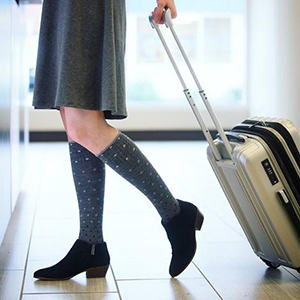
Yes, you can still wear them even after you got off the plane. Travel socks bring lots of advantages even after you got off the plane/bus/train/car.
As we mentioned before, all the unpleasant swelling, pain and even DVT are caused by the lack of movement or by the long hours on your feet. As you are traveling for business or pleasure, you are still going to have many hours of standing on your feet.
Whether you are touring a city, visiting a museum or hiking, travel socks can help you a lot. We all hate when at the end of a long day we get in the room and we get the urge to put our feet up on the wall or in cold water.
If you wear these socks you can forget about these problems. They will keep your feet and calves at constant pressure and you will not get these unpleasant symptoms at the end of the day.
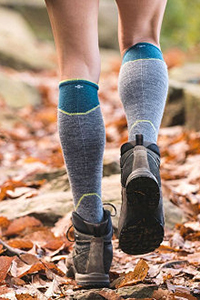
Even if you are traveling in a hot area, compression socks can also be very helpful. Even though many people tend to wear sandals or flip-flops in hot regions, they also notice that their feet become easily swollen and painful.
This is due to the heath. The body tries to remove the excessive heat by dilating all the vessels. This leads to lower drainage and more water in the tissue. This is the main reason why we get swollen ankles and feet in the summer.
Wearing compression socks in a hot climate is actually a very good idea because they will help you drain everything faster and they will prevent your feet from swelling.
If you are worried that it will get even hotter in them, don’t worry. Compression socks are not the same as hiking or ski socks. They are made from a breathable material that eliminates excessive heath and keeps the skin temperature constant.
How comfortable are these Socks?
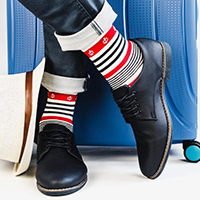
When people hear the word “compression”, they automatically think that these socks are uncomfortable or that they will not be able to move in them. Fortunately, this thing is completely false.
Modern travel socks are designed to take the shape of your foot and leg and become like a second skin to you. Indeed, +50 mmHg socks can be uncomfortable due to the fact that they are usually worn after surgery but here we are not talking about them.
The most common travel socks have 20-30 mmHg and they provide sufficient support while preventing travel-related problems. They are made from a special material that allows the skin to breathe.
Just think about the medical staff that sometimes has 24 hours shifts. If these socks were uncomfortable, they will simply not be wearing them.
In order to be worn throughout a long trip, these socks have special insertions at the tip of the foot and in the sole. This way they also provide support during walking, making them perfect for day-to-day wear, especially if you know that you are going to be a blot on your feet.
How to Choose the Ideal Pair
How Do I Choose the Perfect Size for Me?
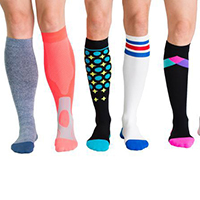
Travel socks are very versatile and they come in sizes that perfectly adapt to your feet. In order to differentiate from S, M, and L and so on, the producers have standard charts that they use in production.
Choose the Right Size
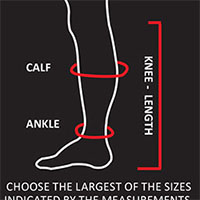
These charts take into account the foot size, the ankle, the lengths of your legs and the thickness of your calf. This way, you can get the perfect size for you that will fit just like a glove.
Choose the Correct Style and Color
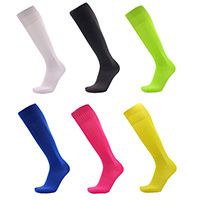
In terms of style, traveling socks can be a true fashion statement. They come in all sorts of colors and patterns in order to provide you the perfect match for your outfit. The texture of the material is also variable and you can get the one that feels the best on your skin.
Other Features to Look For
Apart from the ideal compression level, you should look for a travel sock design that has the following features:
- Moisture wicking finish that keeps your legs dry and cool
- Cushion heel construction for added comfort
- Antimicrobial treatment for maintaining a fresh smell
- Reinforced flat and seamless toes for comfort and durability
How Easy are they to Wear Compressive Socks?
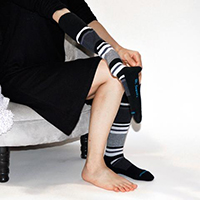
If you are a novice in this field, you will notice that they are quite difficult to put on at first. Don’t worry too much about it. If you bought the right size, once they come up your leg they will fit just like a glove.
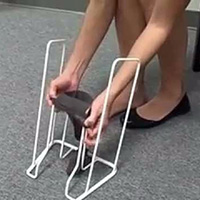
Try to roll them up your feet and calf and make sure that they don’t make any crease. You should feel compressed but not squeezed. If you get an unpleasant tingly sensation in your feet it may mean that you got a size that is too small. Make sure that they are tight enough under the knee but still comfortable.
Take your time when putting them on even if you will be struggling a bit at first. Trust us, it will be totally worth it when you will see how comfortable they are.
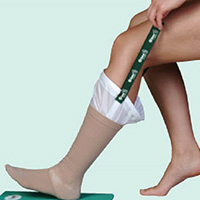
Pay attention if you have blisters or any other types of wounds. You should avoid wearing compression socks if you have any type of wound or skin lesion on your feet and calves. Also, the patients who have knee prosthetics should ask the doctor before wearing these socks. In short, if you would normally consider wearing a sock, you can also wear these compressive ones.
Long-Term and Short Terms Benefits

As we listed before, compressive socks have very impressive benefits. In short terms, you will notice that your feet will get less swollen while traveling and you will be able to fully enjoy the experience.
You will no longer feel the unpleasant symptoms of poor drainage and you will enjoy your vacation or business travel at its fullest.
Long term, however, you will get some very important health benefits. If you know that you are prone to developing DVT or if you want to prevent it from happening, these socks will prove very useful. If you commute a lot by bus or if you are a constant plane user, you should definitely consider these socks.
They provide:
- Health Benefits
- Comfort
- Aesthetic Benefits
For the ladies out there who are worried about visible veins, compression socks will help you prevent their formation.
Your feet will give you a big thank you at the end of the day thanks to the fact that they will no longer be swollen and sore.
Also, if you are prone to developing small bruises on your feet, you will also notice that they will decrease in time to the point that they will no longer appear.
In conclusion, no matter if you are a one-time traveler or a constant one, these compressive socks will make your life easier and they will help you enjoy your journey at its fullest.
This page last updated May 16, 2022
